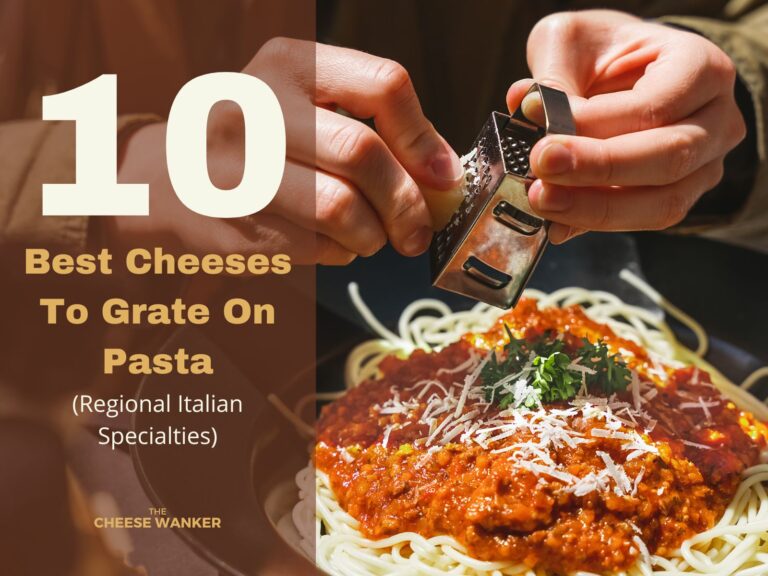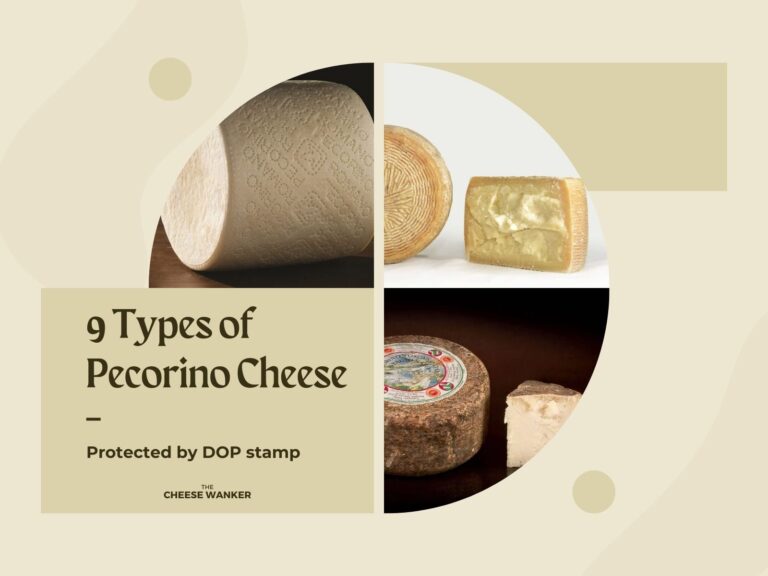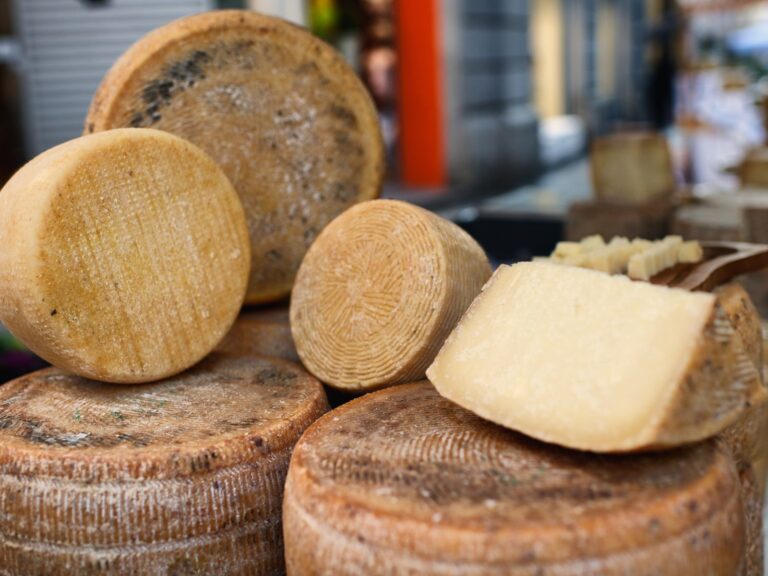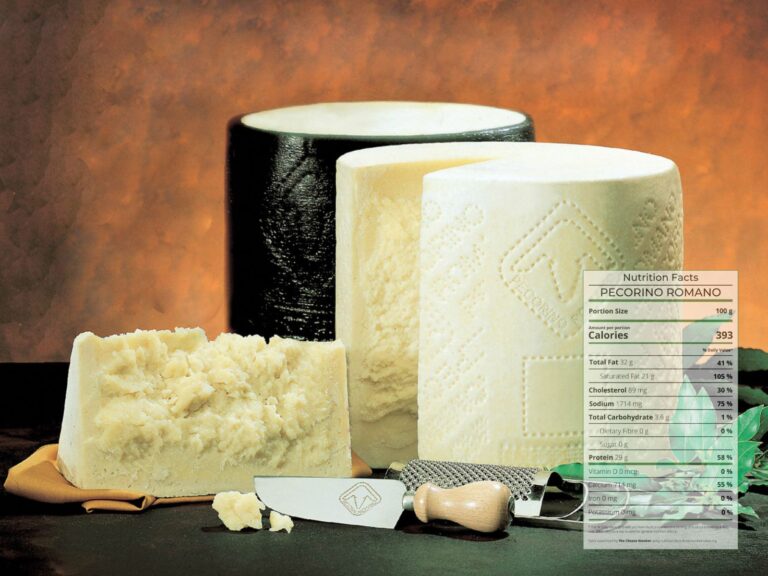Along with Mozzarella and Parmigiano Reggiano, Gorgonzola is one of Italy’s most popular exports. Quite remarkably, the history of Gorgonzola can be traced back to the 9th century. Read on to learn about how the production of this wonderfully versatile blue cheese has changed over the centuries.
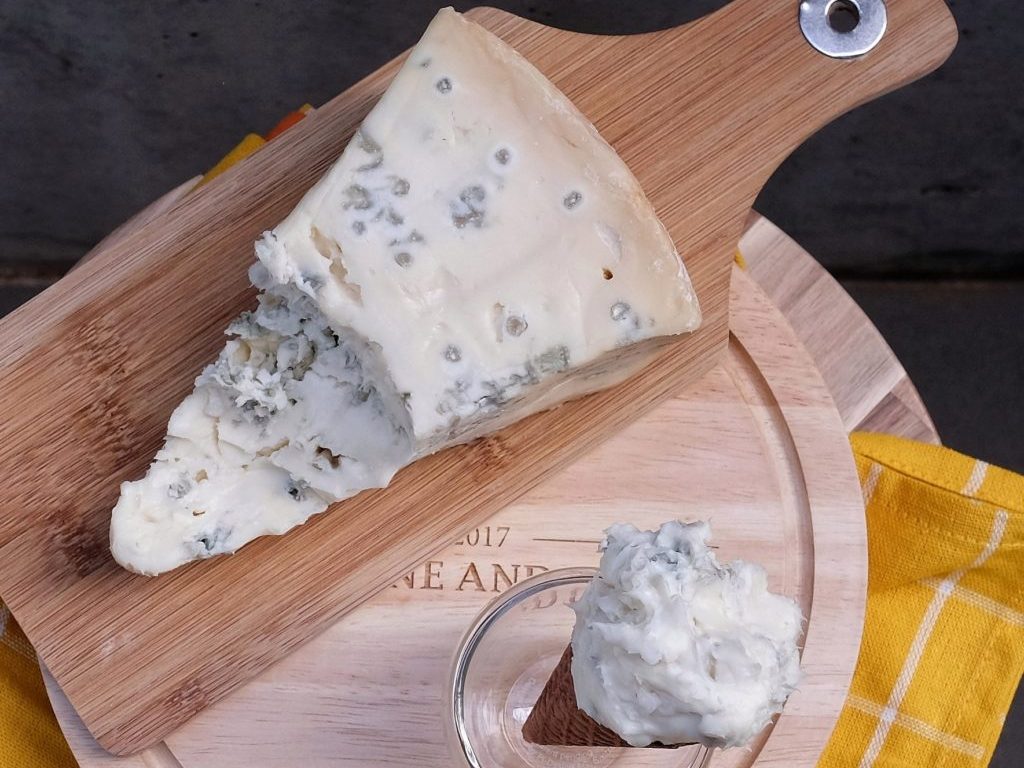
SEE ALSO: Could Provolone actually be Italy’s most versatile cheese? →
The origins of Gorgonzola
While the exact origin of Gorgonzola is disputed even among Italian cheese experts, they mostly agree that it can be traced back to the 9th century. Unsurprisingly, the earliest mentions of it appear in the small town of Gorgonzola, northeast of Milan. As a matter of fact, Gorgonzola and Milan are both found in the province that is currently known as Lombardy.
Formerly known as Stracchino Verde
Until the early 20th century, the cheese we know as Gorgonzola was actually referred to Stracchino Verde. Stracchino is an Italian word used to describe a number of young, soft cheeses. And you’ve guessed it, verde refers to the blueish-green marbling and veins that appear throughout the cheese.
As cheese production became more and more common throughout Italy, it became evident that the individual cheeses needed more of an identity. Hence, this Stracchino Verde became known as Gorgonzola, as a salute to its original area of production.
How Gorgonzola production changed over time
In the early days, the popularity of blue cheese spread much more slowly than soft and hard cheeses. However, production of Gorgonzola eventually expanded throughout the rest of Lombardy. Eventually, it went beyond those borders to reach the provinces Piedmont, Como and Pavia.
In the early 1960’s, local authorities established the first form of protection of origin. Over the decades, this would evolve into its current form, the DOP or Denominazione di Origine Protetta (“Protected Designation of Origin”).
Designated area of production
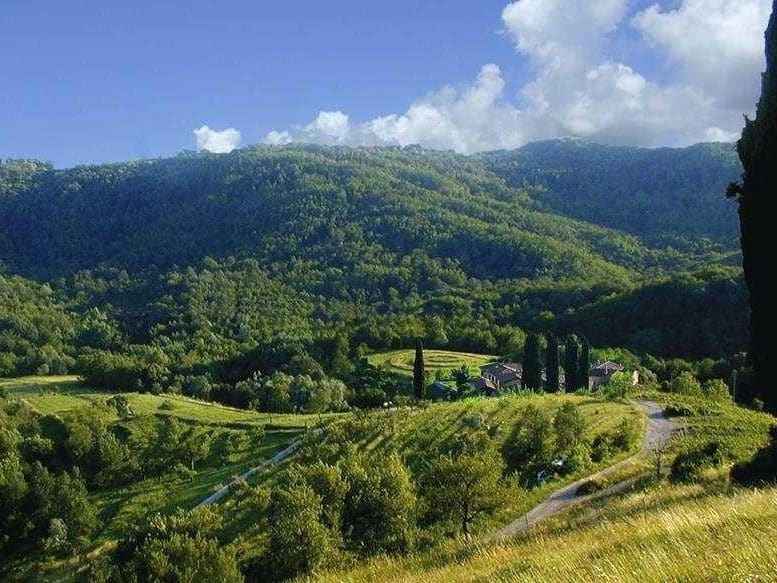
In the beginning, the stamp of protection limited production to the geographical areas of Lombardy and Piedmont. At the time, there was very little control over the actual production methods and maturation of the cheese. As a result, more that 100 dairies were producing Gorgonzola with little consistency when it comes to sanitation and quality.
Overall, this helped increase production and meet the demands of the export market to England, France and Germany. However, it was starting to negatively impact the public’s impression of this once revered cheese.
Return to tradition
In order to preserve the heritage of Gorgonzola, the DOP started implementing a number of strict guidelines. Effectively, those guidelines would regulate the handling of milk, production of cheese and maturation. Because the new standards were quite costly to implement, a large number of dairies simply gave up and closed down. By the late 80’s, the number of factories producing Gorgonzola fell to just over 30.
Without a doubt, those select dairies were well-structured to meet all the DOP requirements and uphold the quality of this famous cheese. Presently, they remain as the only 30 cheesemaking facilities that are authorised to make Gorgonzola. Moreover, they make all three forms of Gorgonzola, the Grande (Dolce), Media and Piccola (Piccante).
SEE ALSO: How Italians make each type of Gorgonzola →
A much loved Italian heritage
Without a doubt, Gorgonzola is one of the most famous blue cheeses from anywhere in the world. Both the younger, sweet version (Dolce) or the more mature, spicier one (Piccante) are amazing gateway blue cheeses for the uninitiated. But they are what they are today thanks to the hard work of the DOP and the small number of producers who safeguard the heritage of Gorgonzola.
What’s your favourite cheese origin story? We’d love to hear from you so drop us a comment below.
